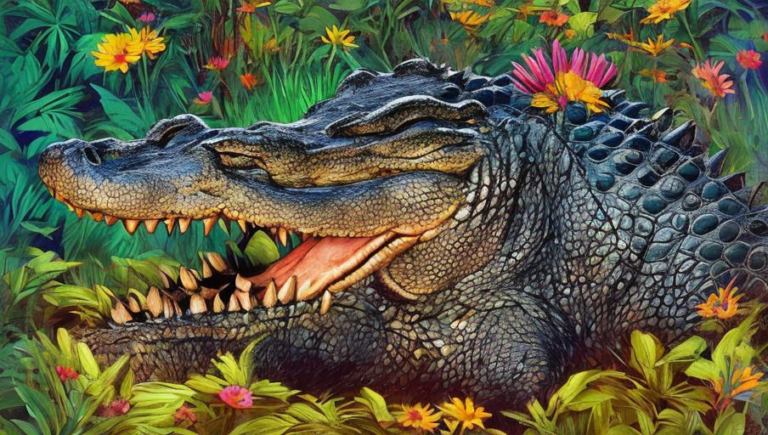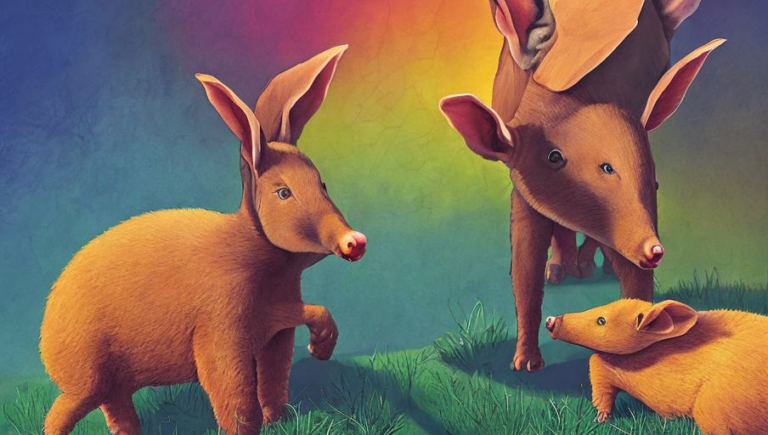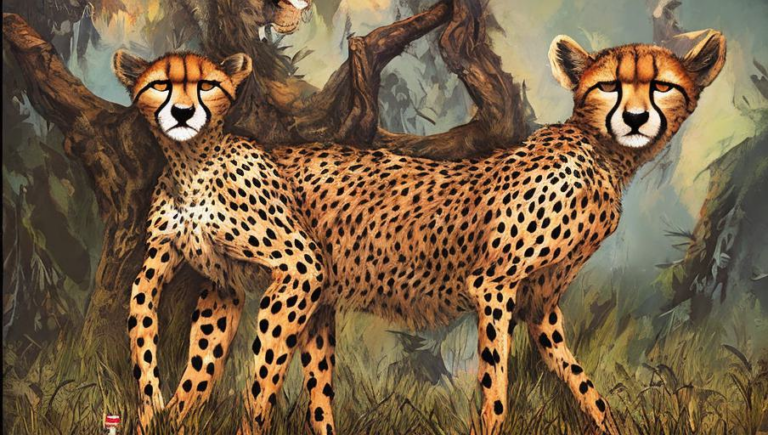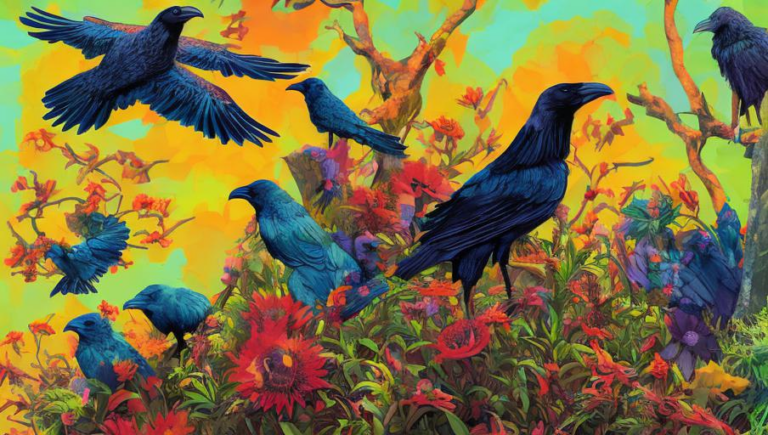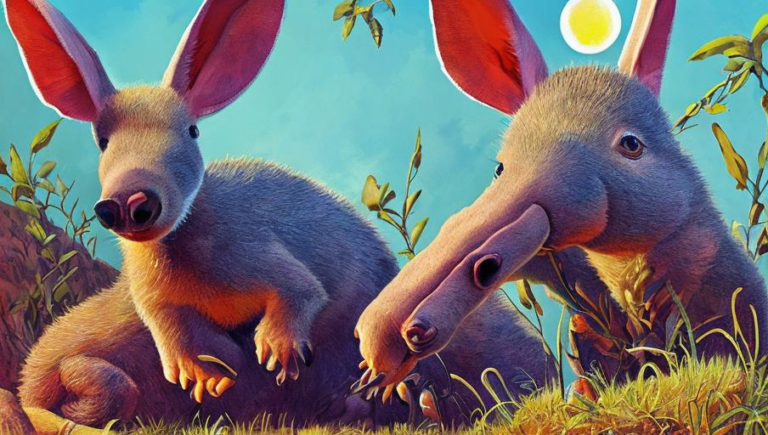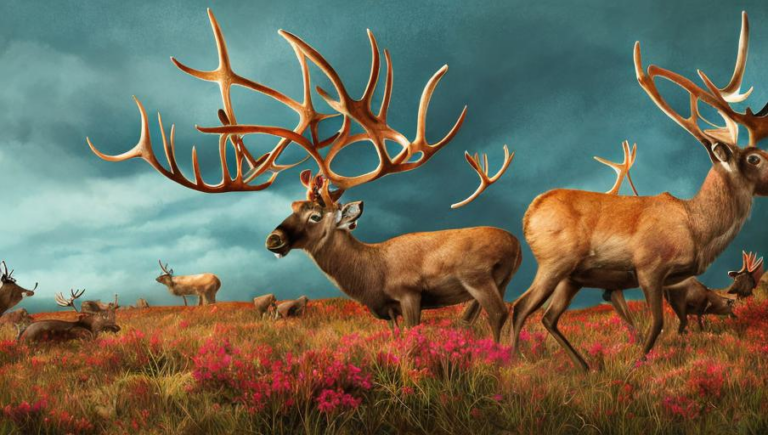A Glimpse into the Alligator’s Life Cycle
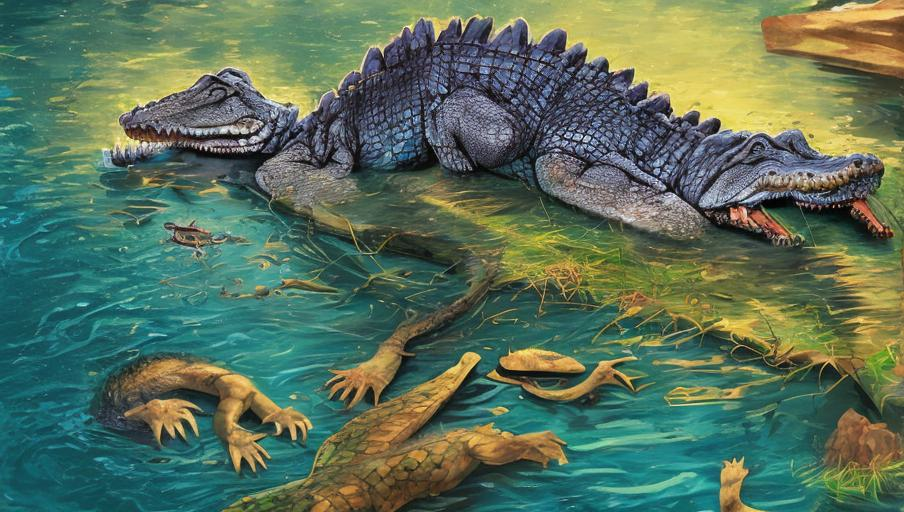
Introduction
The alligator is a fascinating species of reptile that has been around for millions of years. Alligators are usually found in freshwater wetlands, swamps, marshes, rivers, and lakes of the southeastern United States. They are also found in parts of Latin America, China, and even parts of Europe. Alligators are apex predators in their environment and play an important role in maintaining the delicate balance of the ecosystems they inhabit.
The Alligator’s Life Cycle
Alligators reach sexual maturity at around 8 to 12 years of age. Female alligators can lay up to 50 eggs at a time and will protect them until they hatch. The eggs are incubated for about 65 days before hatching. Once the baby alligators have hatched, they will remain near the mother for up to two years before venturing out on their own.
Feeding Habits
Alligators are opportunistic feeders and will consume a variety of prey, including fish, frogs, snakes, birds, and small mammals. As they grow, they will also hunt larger prey, such as deer, wild boar, and even large turtles. Alligators can also feed on carrion, which are dead animals found in the environment.
Predation
Alligators may be predators themselves, but they are also vulnerable to predation by other animals, such as panthers, bears, and even humans. Alligators are also vulnerable to drowning if they become trapped in fishing nets or other man-made objects.
The Alligator’s Role in the Ecosystem
Alligators play an important role in the environment. They help to keep the population of their prey in check, which can help to prevent overpopulation. Alligators also help to keep the water clean by eating dead animals and decaying vegetation, which helps to keep the water healthy for other species.
Conclusion
The alligator is an amazing species that has been around for millions of years. Alligators play an important role in their environment and are essential to the delicate balance of the ecosystems they inhabit. They are also vulnerable to predation and to threats from humans, so it’s important to do our part to protect them and the environment.
